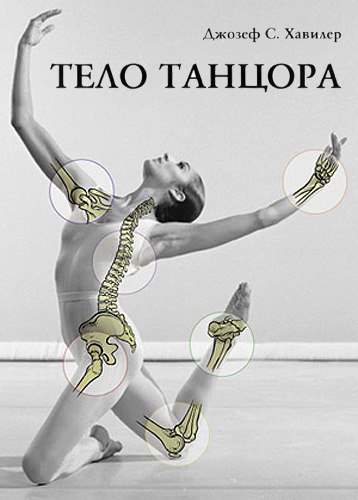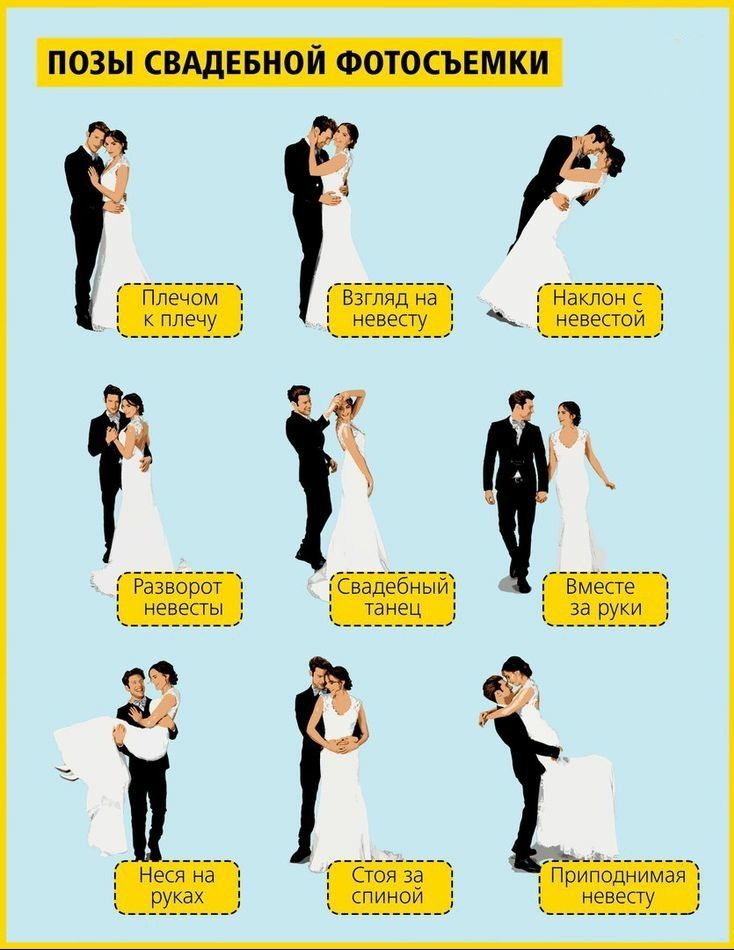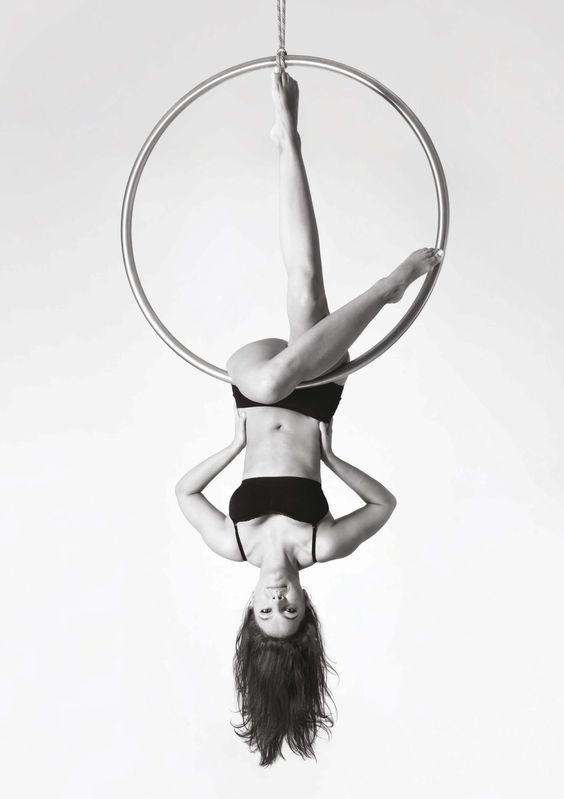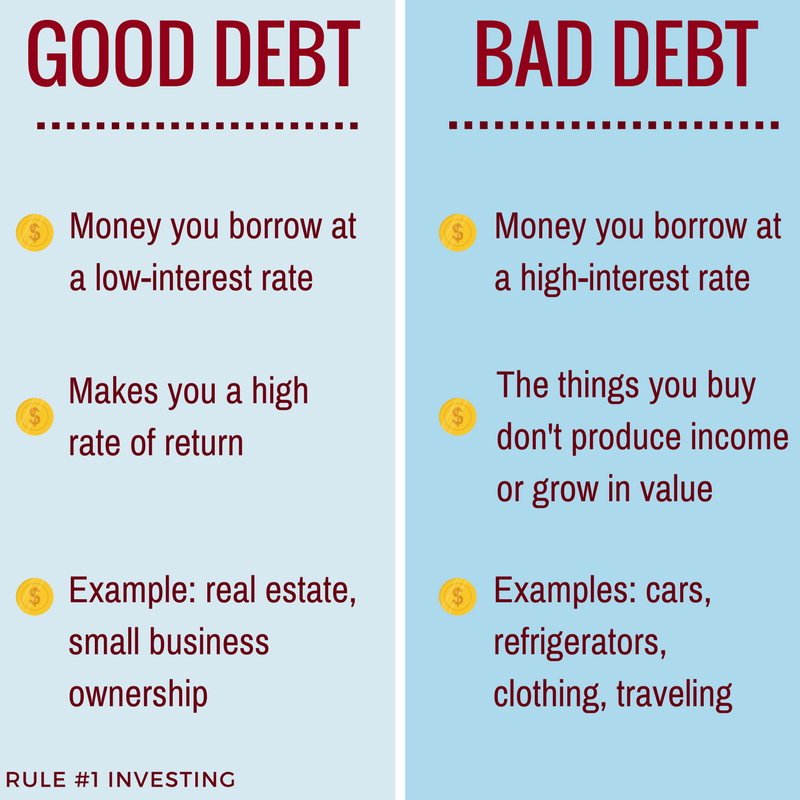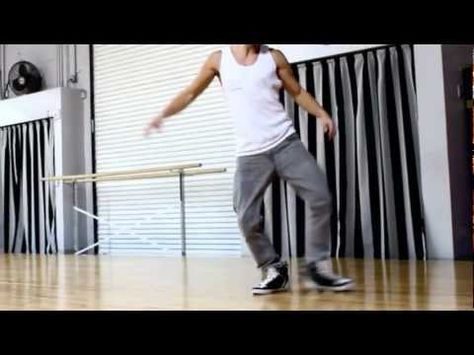How to prevent dance injuries
Common Dance Injuries and Prevention Tips
Featured Experts:
Dance may look effortless, but it requires a lot of strength, flexibility and stamina. It also comes with a high risk of injuries. Whether you are a dancer, the parent of a dancer or a dance teacher, you should be aware of the most common dance injuries and learn how to avoid them.
Johns Hopkins performing arts physical therapists Andrea Lasner and Amanda Greene share valuable information about dance injury treatments and prevention tips. Lasner and Greene, both dancers, have turned their love for the art into a means of helping injured dancers.
What are some common dance injuries?
A few studies that looked into dance injuries found that injuries from using your joints and muscles too much (overuse injuries) are the most common in dancers. The majority of these overuse injuries involve an ankle, leg, foot or lower back. Some common dance injuries are:
- Hip injuries: snapping hip syndrome, hip impingement, labral tears, hip flexor tendonitis, hip bursitis and sacroiliac joint dysfunction
- Foot and ankle injuries: Achilles tendonitis, trigger toe and ankle impingement
- Knee injuries: patellofemoral pain syndrome
- Stress fractures: metatarsals, tibia, sesamoids and lumbar spine
- Dancers are also likely to develop arthritis in the knee, hip, ankle and foot
Generally, dancers have a much lower rate of anterior cruciate ligament (ACL) injuries than other athletes. One explanation could be that dance training involves much more intense jumping from an earlier age than other sports, which helps improve muscle control.
How do I know if the pain is from an injury?
In most cases, the pain you experience after dancing is muscle soreness that usually subsides within 24 to 48 hours. Sometimes, it takes a few days for muscles to get sore, which is also normal. However, if you experience the following types of pain, you may have suffered an injury:
- Pain that wakes you up at night
- Pain that is present at the start of an activity
- Pain that increases with an activity
- Pain that makes you shift your weight or otherwise compensate your movements
If you experience such pain, consult with a medical specialist — preferably a physical therapist or physician with experience in treating dancers. They will be able to determine whether additional testing is needed and will formulate an appropriate treatment plan.
Why do dance injuries happen?
Dance is a physically demanding activity. Dancers perform repetitive movements for several hours a day. Studies have shown that dancing five hours a day or longer leads to an increased risk of stress fractures and other injuries.
On top of the intensive training, many dancers get little time to recover between the sessions and have no "offseason." Restrictive diets and unhealthy body weights may also contribute to dance injuries. Proper nutrition is important for dancers of all ages.
How do dancers get ankle sprains?
Ankle sprains are the number one traumatic injury in dancers. Traumatic injuries are different from overuse injuries as they happen unexpectedly. When an ankle is sprained, ligaments on the inside or outside of your foot get twisted or overstretched and may experience tears. Ankle sprains often happen due to improper landing from a jump, misaligned ankles (when they roll in or out) or poorly fitted shoes.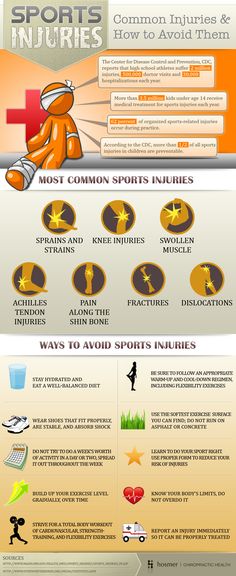 Torn ligaments never heal to their preinjury condition. Once you've sprained your ankle, you are at risk of doing it again. It's important to build muscle strength to prevent further injuries.
Torn ligaments never heal to their preinjury condition. Once you've sprained your ankle, you are at risk of doing it again. It's important to build muscle strength to prevent further injuries.
Dance Injury Prevention
How can dance injuries be prevented?
The majority of overuse injuries and even some traumatic dance injuries can be prevented. Follow these guidelines to reduce your risk of injury:
- Eat well and stay hydrated before, during and after class.
- Get enough rest and avoid overtraining.
- Do cross-training exercises to build strength and endurance in all parts of your body.
- Always wear proper shoes and attire.
- Always warm-up before training or performances.
- Lead a healthy lifestyle and get to know your body.
When injuries happen, address them immediately and get advice from a doctor or physical therapist.
What are good cross-training exercises for dancers?
Core and hip strengthening exercises like Pilates and stability-based yoga are great for dancers.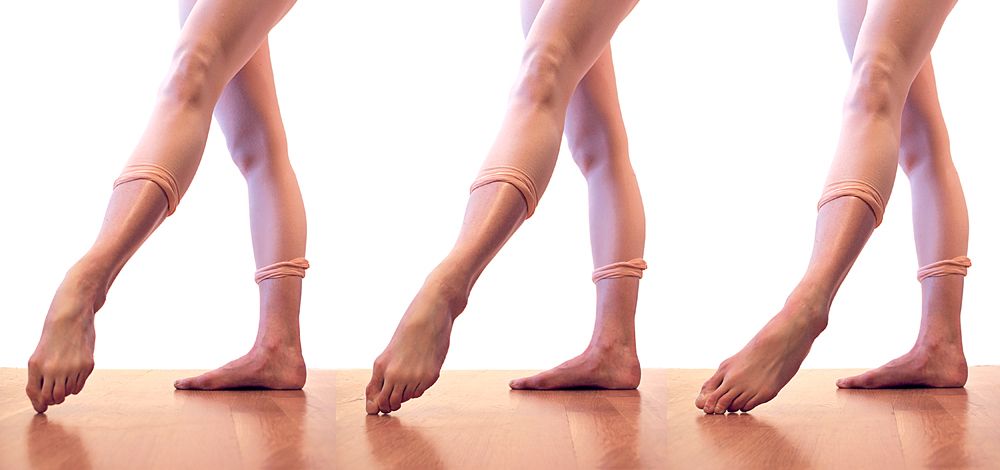 And so are aerobic and cardiovascular activities, such as running, swimming or biking. They get your heart rate up and help build stamina for long performances.
And so are aerobic and cardiovascular activities, such as running, swimming or biking. They get your heart rate up and help build stamina for long performances.
Many dancers don't do enough cardio during their regular training. Just 30 minutes three to four times a week is usually enough to improve your endurance. As always, do this in moderation and in short intervals to avoid stressing your joints. Being screened by a physical therapist with experience treating dancers will help you identify individual areas of weakness to address with specific exercises.
How much rest should a dancer get?
While many experts stress the importance of proper rest, there are no specific guidelines on the frequency and amount of rest. However, we know that dancing five hours a day or longer is linked to an increased risk of injury. It is also known that intense activity leads to microdamage, which peaks in recovery 12 to 14 hours after a workout. So it would make sense to take the next day off after a high-intensity activity.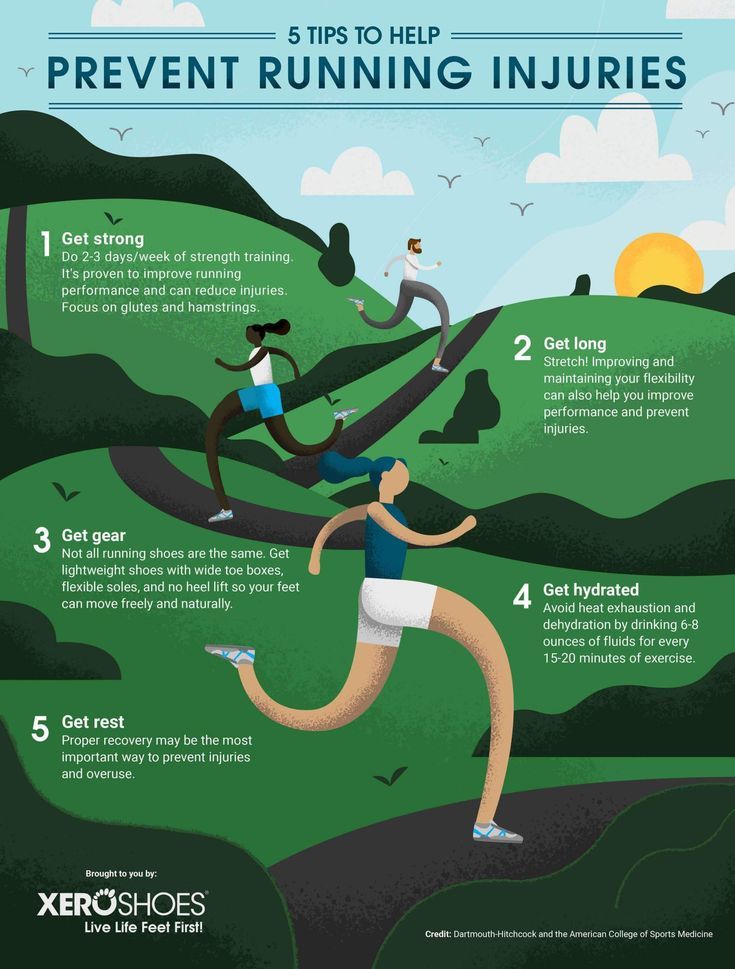 Dancers should work at their highest intensity a couple of times per week and then take at least two days off, preferably in a row. Also, a three- to four-week period of rest after the season is ideal for recovery.
Dancers should work at their highest intensity a couple of times per week and then take at least two days off, preferably in a row. Also, a three- to four-week period of rest after the season is ideal for recovery.
Dance Injury Treatment
Should I ice or heat after a dance injury?
If it's a sudden injury, it's best to apply ice first to reduce swelling and inflammation. RICE treatment is a common approach that involves rest, ice, compression and elevation. After a few days, you can switch to heat to increase blood flow to the area and promote healing. However, every person is different. If you feel that ice helps you better than heat, then there is nothing wrong with continuing to ice. But be careful not to ice before dancing or stretching, because you want those muscles to be warmed up to prevent re-injury.
What are my treatment options for a dance injury?
It depends on the type of injury, your level as a dancer and many other factors.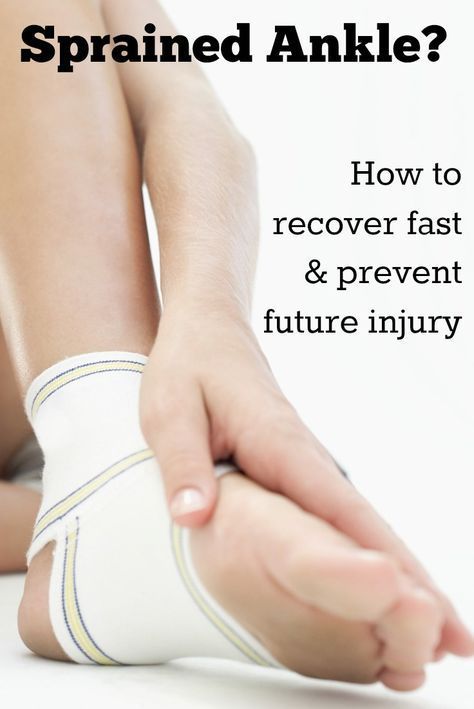 For example, for traumatic injuries like ankle sprains, your doctor may recommend RICE, joint protection and physical therapy. For stress fractures you may need to limit weight on your foot by using crutches, wearing a leg brace or walking boots. Surgery is typically used as the last resort. It is best to discuss your treatment options with a doctor who specializes in dance injuries. And if you are working with a physical therapist, make sure he or she is experienced in treating dancers. A big part of physical therapy is correcting the training technique that led to the injury. Otherwise, you risk hurting yourself again by making the same mistake.
For example, for traumatic injuries like ankle sprains, your doctor may recommend RICE, joint protection and physical therapy. For stress fractures you may need to limit weight on your foot by using crutches, wearing a leg brace or walking boots. Surgery is typically used as the last resort. It is best to discuss your treatment options with a doctor who specializes in dance injuries. And if you are working with a physical therapist, make sure he or she is experienced in treating dancers. A big part of physical therapy is correcting the training technique that led to the injury. Otherwise, you risk hurting yourself again by making the same mistake.
What should be in the first aid kit for dance injuries?
Your regular first aid kit might already have many of the essentials for handling a medical emergency. However, when it comes to common dance injuries, you may want to include a few additional items, such as:
- Instant cold pack
- Pre-wrap and athletic tape (if qualified providers are available to apply)
- Elastic bandages (to be used only for compression, not support while dancing)
- Crutches
- Topical pain reliever
Sign Up for Our Free Newsletter
One of the best things you can do to protect and improve your health is to stay informed.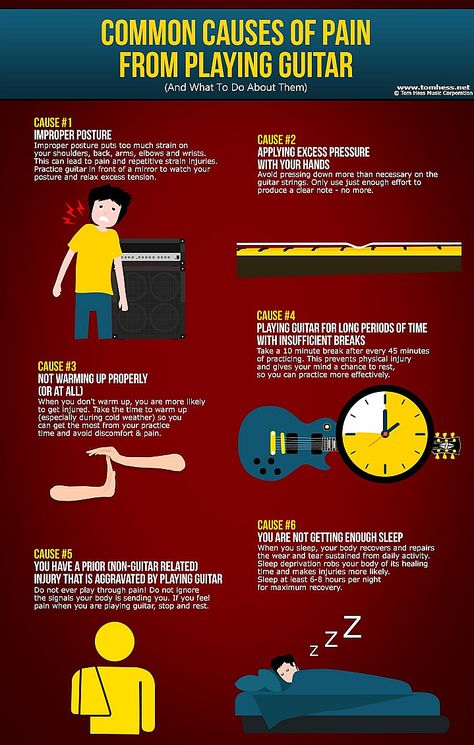 Your Health is a FREE e-newsletter that serves as your smart, simple connection to the world-class expertise of Johns Hopkins.
Your Health is a FREE e-newsletter that serves as your smart, simple connection to the world-class expertise of Johns Hopkins.
Sign Up
How to Prevent Dance-Related Injuries
Dancing is fun, exciting and requires strength and flexibility. Without the proper skills and dexterity, a dancer can become injured. Whether you love dancing, are a parent of a dancer or are a trainer, it’s important to know the most common injuries and how to prevent them during dance training or live performances.
What Are the Most Common Dance Injuries?
The most common dance injuries involve the lower back, leg, ankle and foot, and occur due to overuse of muscles and joints. The six injuries that are most common in ballet and other forms of dance are:
- Knee injuries
- Hip injuries
- Stress fractures
- Achilles tendonitis
- Ankle impingement
- Arthritis in the foot, ankle, knee or hip
How to Know if Pain Is Due to a Dance Injury
Most of the time, you feel some muscle soreness after an intense dancing session, but this pain goes away after one or two days.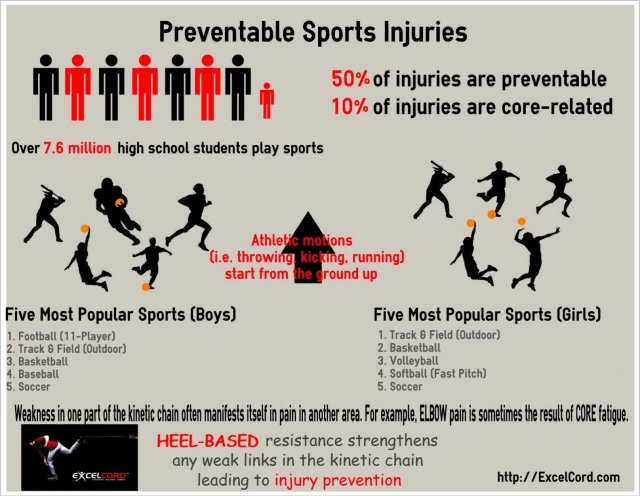 However, you may have an injury if your pain requires you to do any of the following:
However, you may have an injury if your pain requires you to do any of the following:
- Shift your weight from one leg to another
- Stay up at night in pain
- Be delayed at the start of any physical activity
- Reduce your duration of activity because of increased pain
If you experience any of the above, consult your physician or a physical therapist who is familiar with treating dancers.
What Triggers Dance Injuries?
Dancing involves performing repetitive movements for many hours each day, which can increase the risk of injuries. Most dancers have little time to rest and recover from muscle soreness before starting another session, and they usually don’t have an off-season. In some cases, dancers restrict their diets and become dehydrated.
Six Tips for Dance Injury Prevention
You can prevent overuse injuries in dance by following these recommendations:
- Always do warm-up exercises before a performance or training
- Eat a well-balanced diet
- Stay hydrated
- Build strength, balance and endurance with cross-training workouts
- Wear the right type of footwear
- Get adequate sleep every night
How to Get Enough Rest to Prevent Injuries
Dancing for several hours a day can lead to a high risk of injury. After an intense training session or performance, it’s best to take the next day off. When you work out for two or three days a week, take two or three days off so your body can recover. This recovery period will help you avoid stress fractures and overuse injuries. At the end of the season, a four-week rest period is helpful for a full recovery.
After an intense training session or performance, it’s best to take the next day off. When you work out for two or three days a week, take two or three days off so your body can recover. This recovery period will help you avoid stress fractures and overuse injuries. At the end of the season, a four-week rest period is helpful for a full recovery.
Learn More About Preventing Dance Injuries
For more details about preventing dance injuries, give the OrthoBethesda team a call today. Our specialists can help you treat and prevent dance injuries. We also have specially trained physical therapists to help you recover quickly from any dance injuries and return to full fitness.
Schedule an Appointment Contact Us
Related Content
- What Is a Sports Medicine Physician?
- Why College & High School Athletes Need Sports Medicine
- How to Prevent Concussions for Every High-Impact Sport
- Best Sports to Play If You’re Suffering From Osteoarthritis
- Guide to Preventing Running Injuries
- How to Prevent Soccer Injuries
- How to Prevent Sports Injuries
- Most Common Sports Injuries
- 4 Common Injuries Swimmers Should Be Aware Of
The most common injuries in dance sport and how to avoid them
Luxurious dresses, beautiful movements, long-awaited victories and unfortunate defeats - all this is seen by spectators and fans of ballroom dancing, but this is only one side, which is usually called art. In training, the dancer meets precisely with the sports component of the dance. Unfortunately, as in any sport, a great load is accompanied by its faithful companions, injuries. And today we will tell you how to avoid such unpleasant moments in order to dance happily ever after...
In training, the dancer meets precisely with the sports component of the dance. Unfortunately, as in any sport, a great load is accompanied by its faithful companions, injuries. And today we will tell you how to avoid such unpleasant moments in order to dance happily ever after...
Dancing is, of course, a useful activity. Many children are recommended to practice them to correct their posture and develop coordination of movements. But where the sport begins, the benefits of physical activity fade into another plane.
High psychological motivation for success, not always provided by the body's capabilities, early onset of high physical exertion, chronic microtraumatization and injuries during the formation of the body, the need for rehabilitation as soon as possible so as not to lose or let down a partner - all this can be called an unpleasant specificity our sport. And today we will try to formulate the basic rules so as not to harm the most valuable thing, health.
A qualified teacher is important
Dance lessons, as a rule, begin with the fact that the coach explains to his student the correct (often, only in his opinion) body positioning. It is very important that a qualified teacher works with beginners. After all, with the wrong positioning, too large loads fall on the back, which is very harmful to health.
It is very important that a qualified teacher works with beginners. After all, with the wrong positioning, too large loads fall on the back, which is very harmful to health.
You should also be careful with sharp, often even jerky movements. Sometimes it only seems that such efforts will be appreciated by the judges, but in fact they only injure children. If the teacher lays the wrong "base", then, most likely, in the future it will be necessary not only to retrain, but also to consult a doctor.
But dancers often experience constant discomfort even at a high level, and this is not always due to the fact that the muscles have not yet got used to the new movement.
For example, in the "Junior" and "Youth" in the European program, many girls suffer from neck pain. But if it becomes uncomfortable at the tournament, something gets tight somewhere, then this will immediately affect the dance. And this is most often due to the initial incorrect setting and the fact that many are trying to make movements on the clamp.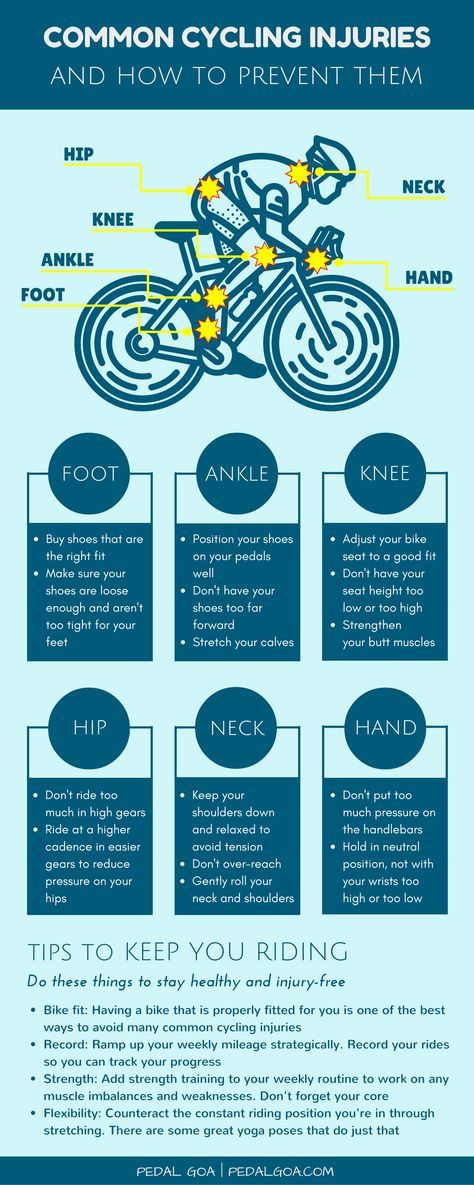 “And my neck fell off, and my mother also ran to me between visits, trying to rub something. But only now I realized that I just used my body incorrectly,” Olesya Kargina shared with us.
“And my neck fell off, and my mother also ran to me between visits, trying to rub something. But only now I realized that I just used my body incorrectly,” Olesya Kargina shared with us.
Of course, if all teachers had a sufficient understanding of the structure of the human body, how it can and should move, then there would be much less injuries.
Warm-up is not an empty formality
Even at school, at physical education lessons, we were all told that before going in for active sports, you need to properly prepare your body.
Moreover, after a hard working or school day, it is sometimes not only difficult, but even unhealthy, to switch instantly, for example, to an incendiary jive or a sharp tango. And after a few minutes of light warm-up, a special secretion begins to be released in the joint, which reduces friction in it and brings the muscles into a training state.
Sprain is one of the most common injuries in our sport. This can be either stretching of muscles and ligaments, or tendons and other tissues without violating their anatomical integrity.
Muscle strain most often occurs due to a large physical load, disproportionate to the dancer's capabilities, as well as from excessively fast and active movements with a load on unheated muscles. You may feel as if something is tearing or bursting when the muscles are pulled tight. In this case, you should immediately stop training and start treatment.
An elastic pressure bandage should be applied to the injured area and kept in an elevated position. During the first two days, it is recommended to apply ice to the sore spot every 4 hours, but it is best to protect the skin with a cloth or napkin. And only after 48 hours you can use hot compresses. In addition, it will be very effective if you start doing light stretching exercises in a hot bath. Just don't overdo it! You only need to stretch the muscle a little, and not injure again!
It usually takes 1-6 weeks to heal a sprain, but after such an injury, the muscle may already lose its former elasticity. If the joint was too tense, then the tissues of the ligaments and other elements supporting the joint may be torn.
If the joint was too tense, then the tissues of the ligaments and other elements supporting the joint may be torn.
Ligament sprain occurs when sudden movements in the joint exceed its normal amplitude and do not coincide with its direction of work. Severe pain, bleeding at the site of injury, painful palpation, and severe limitation of the joint, are sure symptoms of this sprain.
You can give yourself first aid, just like you would for a sprained muscle. But if you have a suspicion of a fracture or displacement of the bone (these are friends of sprains), there is a change in skin color over the joint, and the pain does not decrease after three days - hurry to see a doctor. Indeed, in the event that you have not just a sprain, but a tear or, even worse, a torn ligament, you simply need the help of a doctor. Indeed, for the treatment of the most complex ruptures, the surgical method is often used.
Of course, such troubles can arise in other unfortunate situations, but, of course, it is best to try to protect yourself from them in advance.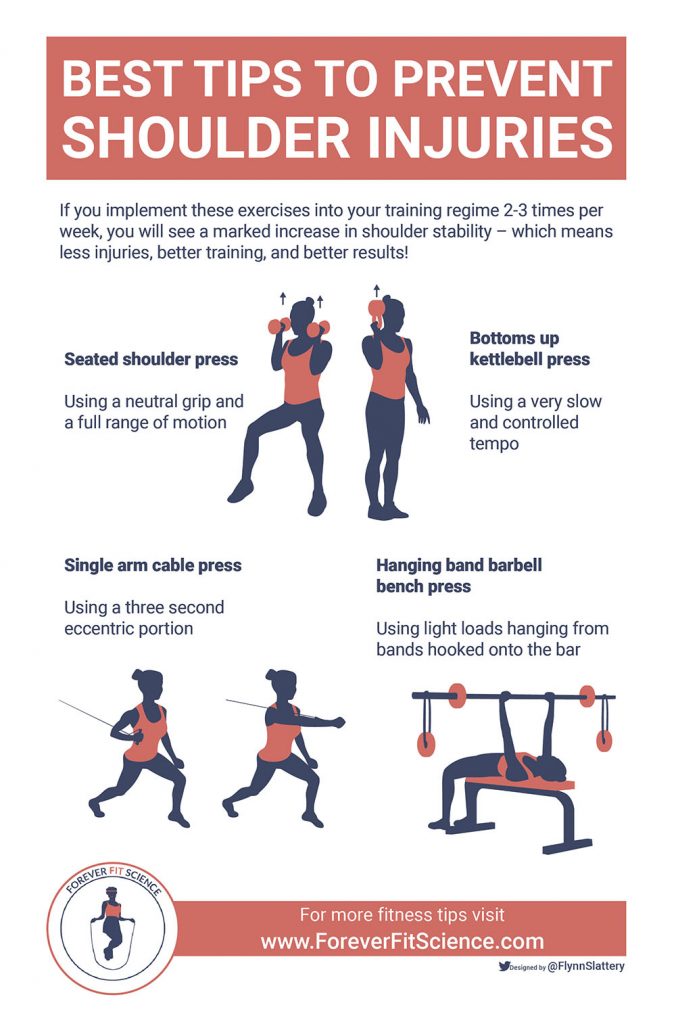 Therefore, it is necessary to warm up. A few demonstrative "pulls" or correcting the hair in front of the mirror do not count. This process must be taken seriously.
Therefore, it is necessary to warm up. A few demonstrative "pulls" or correcting the hair in front of the mirror do not count. This process must be taken seriously.
Before training on the European program, first of all, do not forget to pay special attention to the feet, knees and hips, because they help you demonstrate the best possible beautiful movement on the floor. Therefore, you should not immediately proceed to the execution of complex steps, start the lesson with exercises, and then move on to the main figures.
This will not only help to prepare the body for the load, but also will not let you forget about the importance of basic in dance. And in order to immediately stretch all the important muscles and immediately train your balance, you can always do a simple but effective exercise: slowly rising and falling on one leg, balance back and forth with the other, and do not forget to keep your hands in a competitive position!
For Latinists, the recipe is similar: the basic steps have never harmed anyone! And if literally one melody of the rumba is danced "cucaracha", of course, not hack-work, then the body will immediately tune in to the desired mood. In addition, before starting the main workout, you can do a few turns - this will immediately give you concentration and a sense of control of movements. To avoid injury to the shoulder joint, be sure to pay enough attention to it. After all, one bad turn from a partner, and you can forget about training for at least a week...
In addition, before starting the main workout, you can do a few turns - this will immediately give you concentration and a sense of control of movements. To avoid injury to the shoulder joint, be sure to pay enough attention to it. After all, one bad turn from a partner, and you can forget about training for at least a week...
Neck pain is also often the result of insufficient warm-up. Therefore, before practicing sharpness in tango and unimaginable waves, say, in samba, do at least elementary exercises. In addition, if partners have a big difference in height (more than 15 cm), then out of habit, pain can also occur: many do not immediately get used to constantly looking so low or vice versa, high. And so that this does not affect the quality of the dance, be sure to consult your coach.
And it is recommended to complete the workout by stretching the muscles. This will not only help you become more flexible, but it will also be good for your health. The load should both gradually increase at the beginning of the lesson, and gradually go to "no" at the end.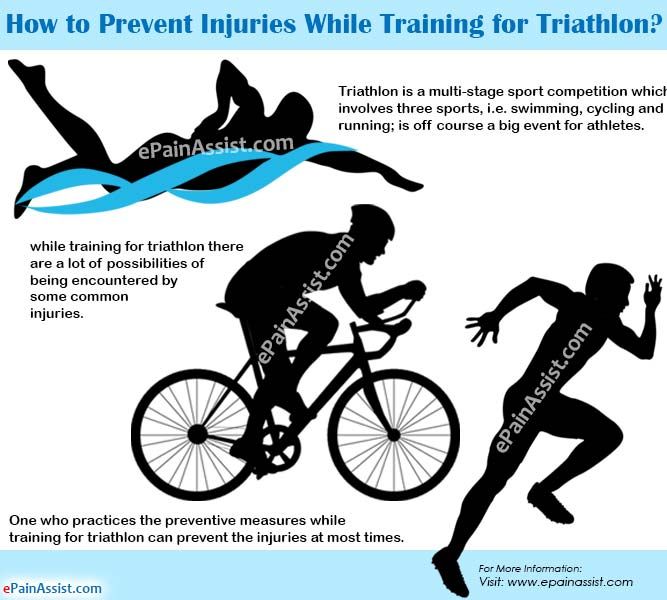
But do not forget that the task of any dancer is to develop his body. And this complex and lengthy process can also cause some discomfort. Often, after intense exercise, pain and sometimes even muscle cramps are felt.
Of course, every athlete is accustomed to this kind of "pulling" of the muscles after fruitful workouts. But if the pain is really very strong and there is a limitation of mobility, you should not only immediately stop training, but in no case should you strain these muscles for 1-2 days.
If there is no injury, then you can slowly stretch the muscle, but this must be done very carefully. Various ointments and balms will also help to cope with pain, but be careful: if the pain does not go away within a few days, you should consult a specialist. The doctor will be able to exclude the occurrence of other, more serious injuries and prescribe treatment, which will consist of painkillers and anti-inflammatory drugs.
Improper loading of the muscles can cause painful lumps in the form of nodules in the muscle, the so-called "bumps".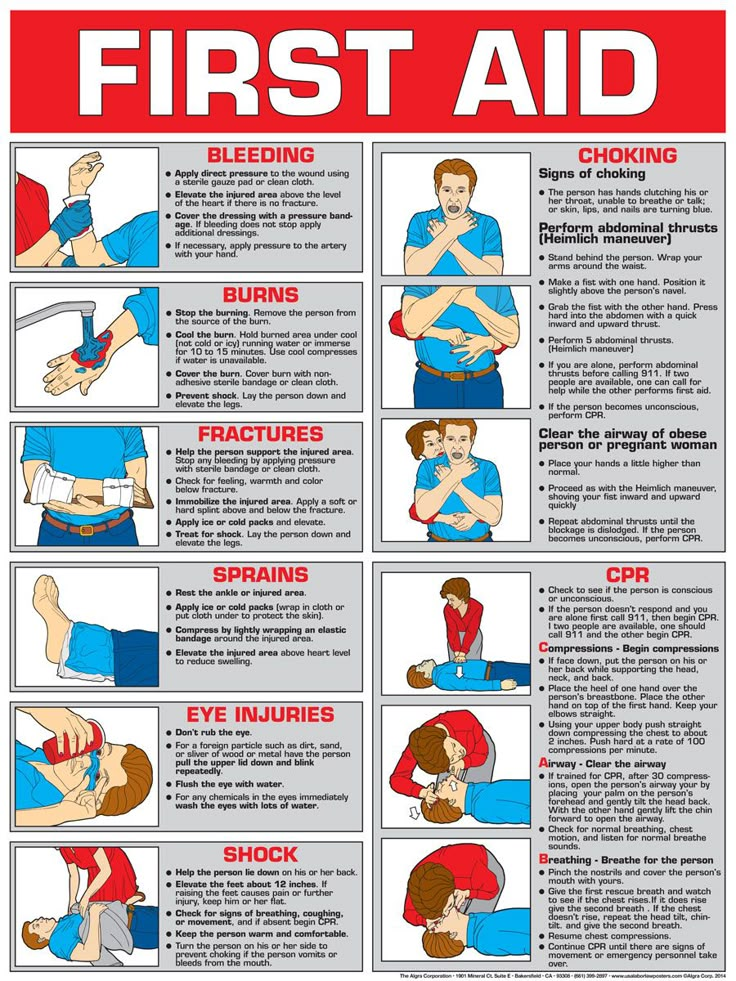 Massage is very well suited as a treatment, and it can often be painful.
Massage is very well suited as a treatment, and it can often be painful.
And many dancers struggle with muscle pain with their own folk methods. For example, if you lie down in a hot (up to 40 degrees) bath with sea salt or milk, then the next day your muscles will feel much better. But do not forget that doctors recommend spending no more than 10 minutes on such a procedure.
Be careful on tricks!
Of course, at some level every dancer wants to bring something of their own to the dance that no one else can do. Probably, it is precisely because of this that various tricks came to ballroom dancing, in which grace, beauty and a certain amount of risk are masterfully combined. And the last component should never be forgotten.
Do not experiment with hazardous elements until class and age permit. Early difficult poses and supports can be bad for the health of the partner, and problems with the back and joints can occur later. After all, a partner, even the best and most beloved, has the weight that in such elements is assigned to the partner. But girls also have to take risks: not every boy by the age of 14 develops a sense of responsibility for his dance half. And if the partner forgets to support or pick up in time...
But girls also have to take risks: not every boy by the age of 14 develops a sense of responsibility for his dance half. And if the partner forgets to support or pick up in time...
And to avoid such unpleasant moments, you should always contact the teacher to explain which muscles work in a particular position and how to properly lift a partner from low positions. After all, partners should do all such lifts not with the help of the back, but with the help of the legs, and the task of the partner is to keep her body in good shape and not relax.
However, when inserting a trick element into the choreography, start with a slow work, gradually increasing the tempo. If you need to sit on your knee, then do not forget about protection in the form of a knee pad.
No, not about the rigid plastic thing that comes with the inline skate kit - now it is very easy to find soft and elastic protection in the store that does not hinder movement. But if the partners at the tournament still have to perform everything with bare legs, then young people may not take off their knee pads - they are completely invisible under the competitive trousers.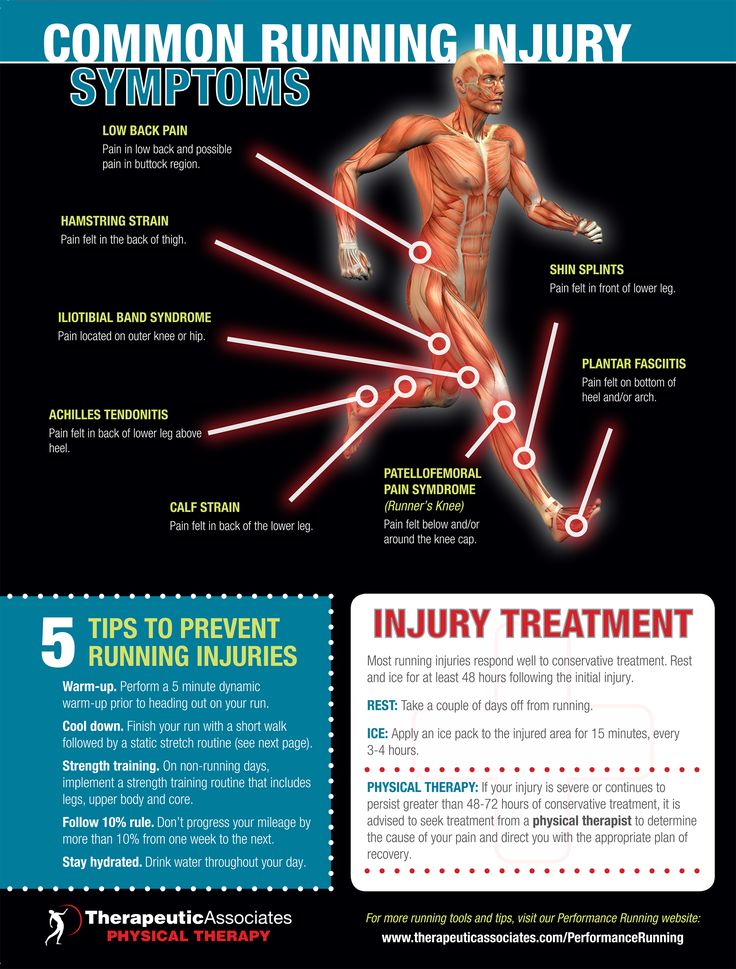
Unfortunately, bruises and fractures are true companions of complex movements, falls and collisions. Bruise is a closed tissue injury without a significant violation of their structure. Soft tissues are especially affected, which are pressed against the bone during impact.
Ice should be immediately applied to the bruised area, warm compresses and iodine mesh can be used only after 24 hours. But if the pain does not go away, do not be lazy - consult a doctor. Indeed, sometimes even with a severe bruise, you can be put in a cast for a week.
A much more unpleasant injury is fracture . In our sport, the most common fractures are closed fractures - when the bone is broken or cracked, but the skin is not damaged. The cause of the fracture can be not only a blow or fall, but also excessive load can lead to fractures of the muscles of the feet, lower leg, tibia, ankle.
If you notice bone deformity, limitation of movement, severe shooting pain - contact your doctor immediately! Before receiving medical attention, you should fix the damaged bone, but in a way that does not cut off blood circulation, and apply ice to the sore spot - this will help reduce pain and inflammation.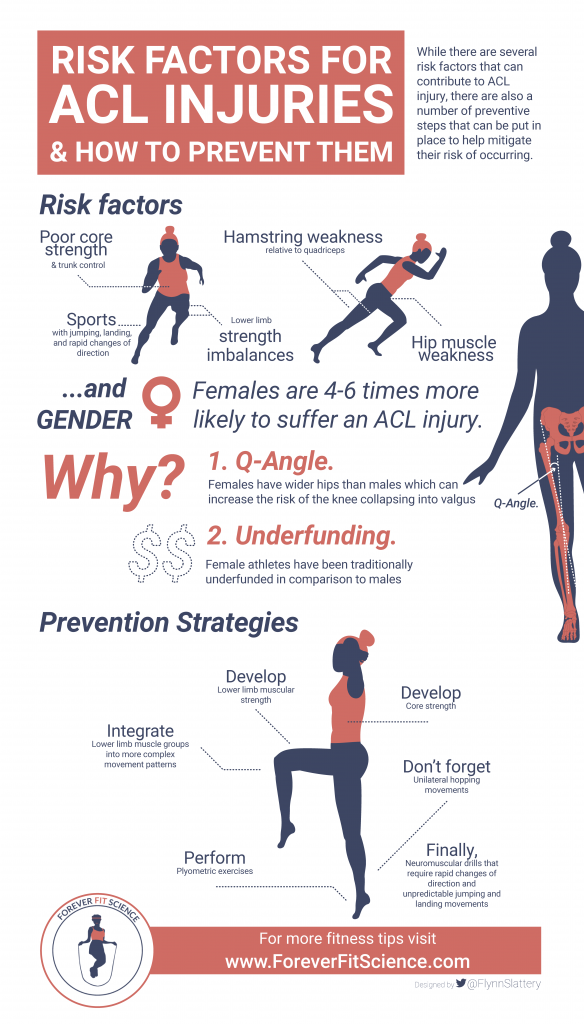
The doctor, after examining the X-ray, must set the fracture and apply a cast for a period of one month. After removing the cast, you may need to go through a recovery period, which will include massage, therapeutic exercises and physiotherapy.
Protecting the knees and back
The knees and back are the most traumatic parts of a dancer's body. Therefore, they should be treated with special trepidation, because for rehabilitation after an injury, you will have to sacrifice not only time, but, possibly, your entire dance career.
Meniscal injury is the leading injury in the knee. Meniscus is a formation of a cartilaginous structure that is involved in the formation of the knee joint, they are, as it were, its shock absorbers. Of these, the inner one looks like the letter C, and the outer one looks like the letter O. Most often, in 75% of cases, the outer meniscus is injured. A torn meniscus is a very complex injury, however, among injuries of the knee joint, it ranks first.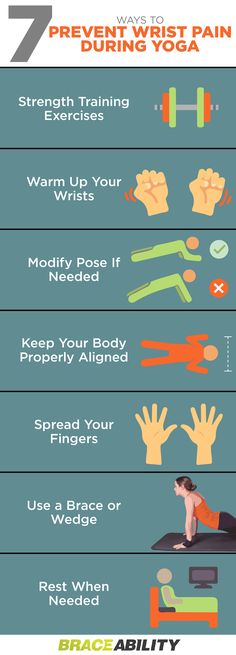
Increased loads, excessive extension of the joint from a bent position, as well as various microtraumas - all this can lead to a rupture of the meniscus. In the acute period of damage to the menisci, the patient feels a sharp pain, because the inflammatory process is going on in the joint.
In addition, movement in the joint is severely limited, especially in extension. After 2-3 weeks, the reactive conditions in the joint subside, and it is possible to identify the characteristic symptoms of meniscus damage. For the most part, they are based on the removal of pain samples during certain movements. In addition, sometimes when a section of the meniscus is torn off, a characteristic click can be heard during movement.
In the acute period, a conservative method is used as a treatment - the blockade of the joint is eliminated, and painkillers and anti-inflammatory drugs are used. With repeated injuries of the meniscus, surgery is prescribed as a treatment, which consists in removing part or all of the menisci.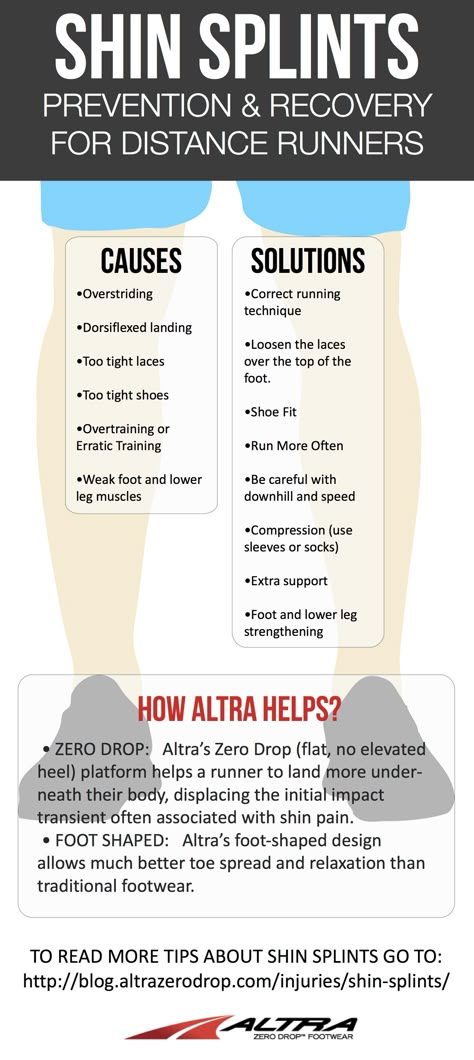
Tears that occur at the marginal part of the meniscus are more treatable as there is a good blood supply in this area. But if the inner part is damaged, they do not heal on their own. In this case, it may be necessary to completely or partially remove the meniscus. But do not forget that the complete removal of the menisci inevitably leads to arthritis.
Constant characteristic twisting, incorrect initial preparation, blows from collisions with opponents, excessive loads - all this leads to various back diseases.
One of the most common of them is spondylolisthesis , a defect in a part of a vertebra, which is caused by slipping of one vertebra from another. The most common symptoms are back pain and leg pain.
In addition, sometimes there is such a form of the disease as isthmic spondylolisthesis, when the body of one vertebra slips off another due to a fracture of the interarticular part. This is a very thin plate with poor blood supply, which is often fractured.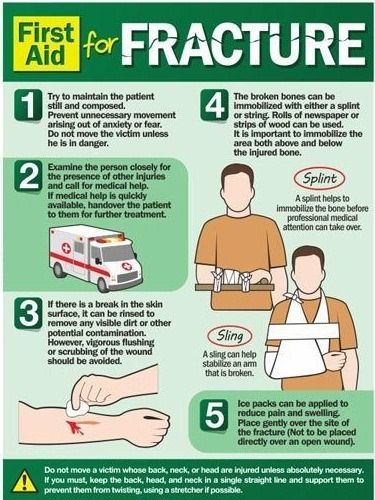 But her fracture is far from always and not everyone causes pain and other uncomfortable sensations. But dancers are attentive people. Adolescents are especially susceptible to such slippage of the vertebrae.
But her fracture is far from always and not everyone causes pain and other uncomfortable sensations. But dancers are attentive people. Adolescents are especially susceptible to such slippage of the vertebrae.
Fortunately, in most cases, slippage is not more than 50% and can be easily treated. Treatment includes anti-inflammatory drugs, physical therapy, epidural injections (a steroid drug is injected into the area surrounding the back of the brain), and manual therapy.
Just be careful with manual therapy on yourself: it's so common to see a dancer inserting his own vertebrae. It is better to go to the doctor once again and pay special attention to pumping and stretching the muscles of the back, because if one day the ill-fated vertebra slips more than usual, surgical intervention will be required, followed by a difficult recovery period.
The most important advice
Dancers and their parents! In pursuit of stunning results, do not risk your own health and the health of your children! After all, partners, most often, come and go, and it is with us forever, regardless of the place taken.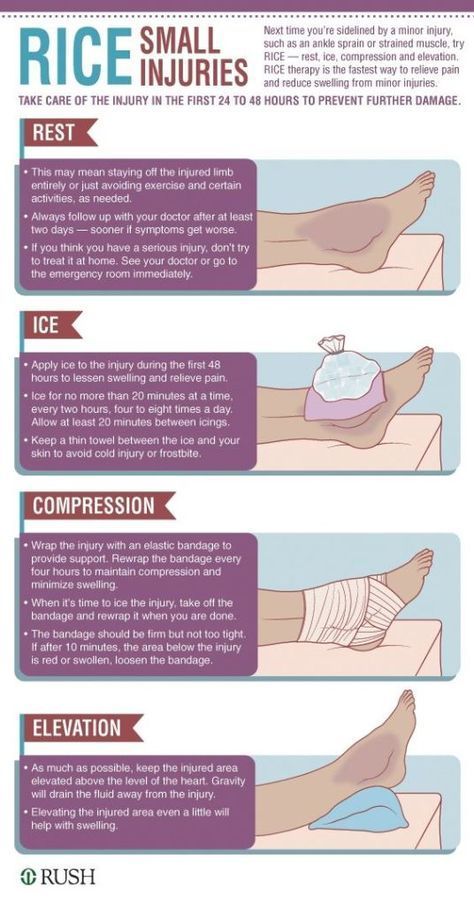 Choose a qualified teacher who will always explain how to perform the movement correctly and not harm the body.
Choose a qualified teacher who will always explain how to perform the movement correctly and not harm the body.
And, most importantly, do not forget that no reading of the article will replace a visit to the doctor. Feel free to contact him. Be healthy!
The most common injuries among dancers
Any physical activity carries a risk of injury, and dance is no exception. New dancers must develop their strength and flexibility slowly and safely. One of the main ways to prevent injury while dancing is to take the time to properly warm up the core muscles of the body. However, despite all efforts, injuries still happen.
Types of injuries in dancers
Here is a list of the most common injuries among dancers, their causes and tips for treatment and prevention.
Muscle cramp
Muscle cramp is an involuntary contraction of a muscle that does not relax on its own. Muscle cramps are often quite painful, and are usually felt in the back of the leg and in the front of the thigh.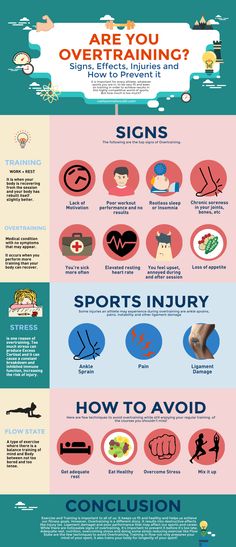 Muscle cramps often last only a few seconds, but can sometimes last from a few minutes to an hour. Sometimes the cramp may repeat several times until the muscle finally relaxes. Muscle cramps are caused by fatigue or an imbalance of fluid, salt, or potassium due to heavy sweating.
Muscle cramps often last only a few seconds, but can sometimes last from a few minutes to an hour. Sometimes the cramp may repeat several times until the muscle finally relaxes. Muscle cramps are caused by fatigue or an imbalance of fluid, salt, or potassium due to heavy sweating.
Treatment: Treatment of a muscle cramp usually involves stretching the affected area. Gently massaging the muscles will help you relax. It may also help to apply a special heating bandage to the place where the cramp occurred. For severe muscle cramps, a doctor may recommend medication to relax the muscles.
Prevention: To prevent muscle cramps, be sure to stretch before and after dancing. Stretching before dancing, as well as proper warm-ups, can prevent muscle cramps caused by physical activity. Good hydration before, during and after dancing is essential. Muscle cramps that occur at night during rest can be prevented with an adequate stretching program.
Muscle tension
Muscle tension includes damage to a muscle or its surrounding tendons caused by muscle overexertion.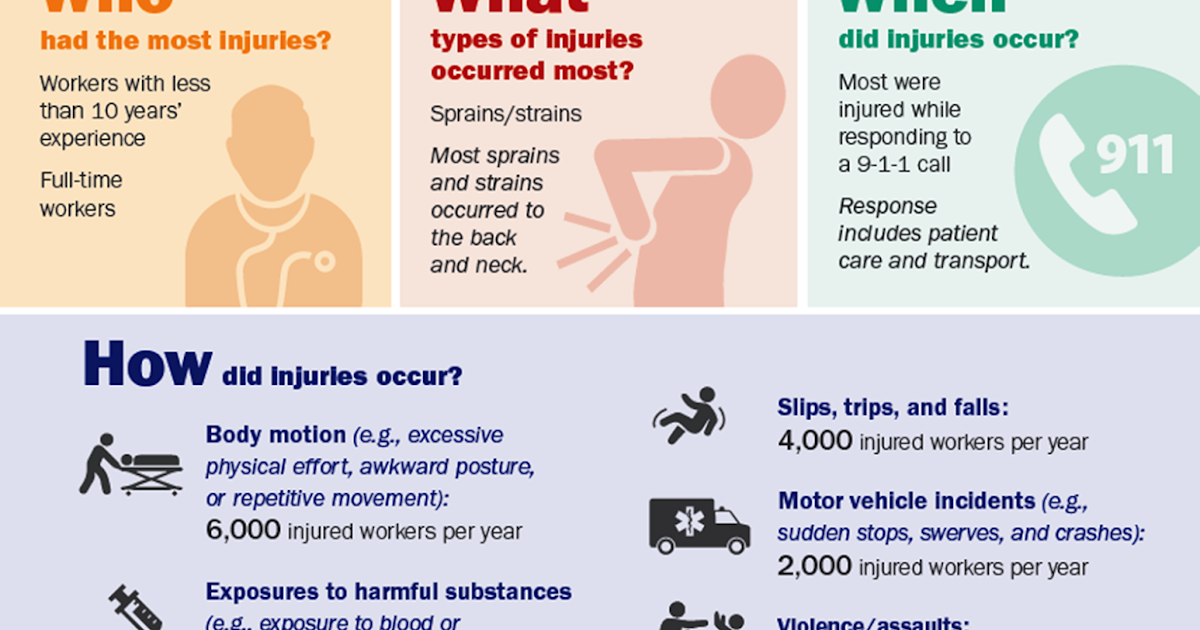 Sometimes muscle tension is called "pulled muscle". The injury usually causes pain, weakness, and possibly swelling. Muscle tension is usually caused by sudden muscle contraction and low flexibility. The muscles most commonly "pulled" are in the lower back, neck, shoulders, and hamstrings. Dancers are especially prone to muscle tension in the lower back.
Sometimes muscle tension is called "pulled muscle". The injury usually causes pain, weakness, and possibly swelling. Muscle tension is usually caused by sudden muscle contraction and low flexibility. The muscles most commonly "pulled" are in the lower back, neck, shoulders, and hamstrings. Dancers are especially prone to muscle tension in the lower back.
Treatment: Minor muscle deformities can be treated with the RICE method: rest, ice, compression and relaxation. Treatment may also include taking anti-inflammatory drugs and pain relievers to reduce pain and swelling. Sometimes physical therapy is needed to help strengthen the muscles. In severe cases, surgery may be required to repair the damage.
Prevention: Dancers should take extra precautions to prevent muscle strain. It is very important to constantly stretch and warm up before each dance session. In addition, do not forget about stretching after dancing or training.
Cleaved tibia
Cleaved tibia or tibialis anterior syndrome is the name given to a condition associated with pain along the tibia, a large bone in the front of the lower leg.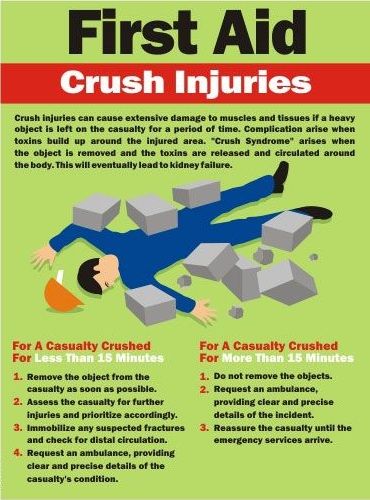 Split calf syndrome is common in dancers due to jumping on hard surfaces, poor posture, and poor flexibility. All dancers must be especially careful and try to land correctly after each jump to avoid this kind of injury.
Split calf syndrome is common in dancers due to jumping on hard surfaces, poor posture, and poor flexibility. All dancers must be especially careful and try to land correctly after each jump to avoid this kind of injury.
Treatment: Treating a shin splint involves first reducing pain and inflammation and then restoring the muscles to their original state. Often, a complete rest from activity is required, since with such an injury it can even be difficult to walk. For initial treatment, ice should be applied to the damaged area for several minutes every hour, gradually reducing the frequency to 3 or 4 times a day. Anti-inflammatory drugs can also be used to reduce inflammation.
Prevention: If a dancer is prone to developing a shin splint, they should definitely stretch their muscles and Achilles tendon regularly before and after dance sessions. Also, you should never dance on concrete or other hard surfaces.
Plantar fasciitis
Plantar fasciitis is a strain or irritation of the ligament that connects the heel to the toes. This condition causes chronic pain and inflammation in the foot, especially the heel. Pain may also be felt in the arch of the foot. Plantar fasciitis is especially common among ballerinas who dance in pointe shoes.
Treatment: To reduce pain and swelling, ice can be tried on the heel. Anti-inflammatory drugs can help with inflammation and swelling. Stretching the muscles in your legs and feet several times a day can also help with pain.
Prevention: To prevent plantar fasciitis, make sure your dance shoes fit properly and replace them as needed. Be sure to bend your knees sufficiently when landing after jumps (do not land on your heels or the entire foot). In addition, you need to avoid incorrect repulsion from the floor when jumping.
Stress fracture
A stress or fatigue fracture is usually caused by excessive repetitive stress or repeated trauma to the same bone. It occurs when the muscles are overloaded and can no longer absorb the force from repeated exposure.